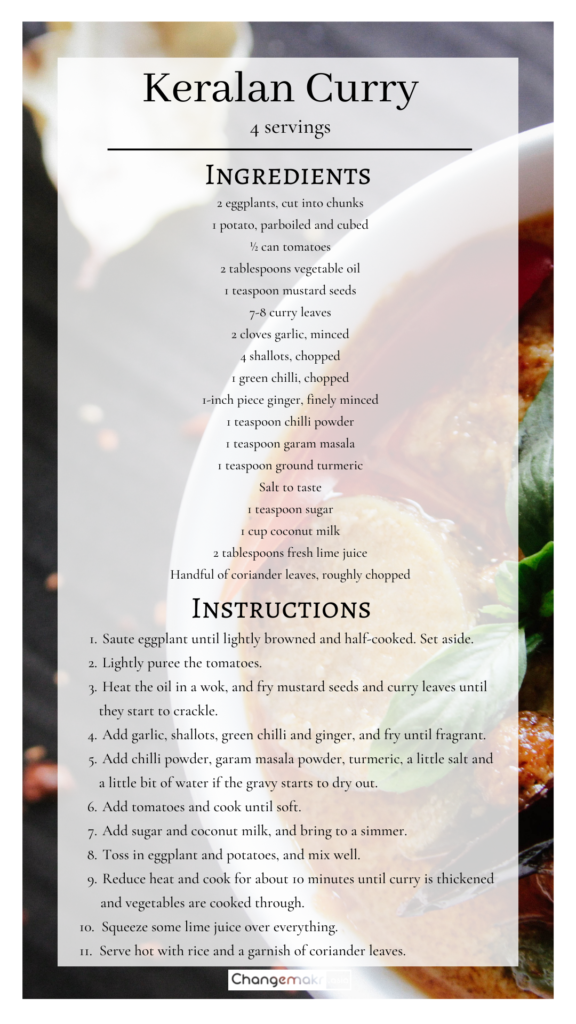If you’ve ever contemplated to try veganuary movement but backed out because you enjoy a good burger, the flexitarian diet may be a nice alternative for you.
Chicken, beef, and fish are easy and familiar protein sources for many of us. It is also readily accessible and reasonably priced. However, we are also aware of animal husbandry’s terrible environmental and health devastation. So, what are we to do? The flexitarian diet might be an excellent alternative for individuals who still can’t get their heads around being vegetarians.
RELEVANT SUSTAINABLE GOALS


What Exactly Is Flexitarian Diet ?
When registered dietitian Dawn Jackson Blatner released her book “The Flexitarian Diet: The Mostly Vegetarian Way to Lose Weight, Be Healthier, Prevent Disease, and Add Years to Your Life” in 2008, the term “flexitarian” entered the mainstream. As a result, the name of this diet is a mash-up of the phrases “flexible” and “vegetarian.”
Instead of excluding less healthful items, the flexitarian ideology emphasises adding more whole, less processed foods to your diet. While vegans abstain entirely from meat, fish, eggs, dairy, and other animal-derived foods, the basis of the flexitarian diet is that it is adaptable and not unduly restrictive. In addition, flexitarianism promotes long-term healthy eating habits that can help you enhance your health.
This diet provides you some freedom while still being cognizant of dietary choices and the ethical and environmental consequences of those choices. Unlike veganism, which advocates total abstention from animal products such as eggs and dairy, a flexitarian diet may include abstaining from meat six days a week for one individual but just once a week for another.
THE PRINCIPLES OF FLEXITARIAN DIET
- Eat mostly fruits, vegetables, legumes, and whole grains
- Focus on protein from plants instead of animals
- Be flexible and reduce meat and animal products from time to time
- Eat the least processed foods – more natural forms of foods
- Limit added sugars, sweets, and preservatives
HOW TO START FLEXITARIAN DIET ?
- Add, don’t subtract. Adding foods to your eating habits naturally crowds those you want to eat less. Don’t worry about going vegetarian at first; just start adding more plant-based foods.
- 50/50 swap. Try to eat half as much poultry and meat at meals and add plant proteins such as black beans, pinto beans, edamame, lentils to fill the gap.
- Start slowly & be flexible. If you are a big meat eater, consider swapping one meat-heavy meal a day for a vegetarian meal (check and follow the #meatlessmonday movement). You can gradually work your way to more meatless days or up to 15 plant-based meals per week.
- Get plant-based protein. Check out legumens, lentils, tofu, tempeh that greatly help satisfy and rescue the loss of lean muscle mass.

Regardless of how you understand it, the aim is to reduce your animal-based protein intake, hence lowering your carbon footprint even somewhat. For many, the beauty of this sort of diet is not having to identify themselves one way or another or feeling obligated to commit to a permanent lifestyle decision.
Following the Flexitarian Diet is one approach to begin moving your diet toward a more plant-based diet high in vitamins, minerals, and antioxidants. If you don’t want to make extreme dietary changes, this diet plan will take you through a gentler, more gradual shift to better food choices.
The Flexitarian diet is an excellent place to start whether you are overweight, need a change, or simply want to start eating healthier. Centering your plate on the whole plant-based meals will assist in illness prevention, weight loss, and resource conservation for our world.
So, are you ready to attempt this adaptable approach to healthy eating? Share your flexitarian experience with us in the comments section!



